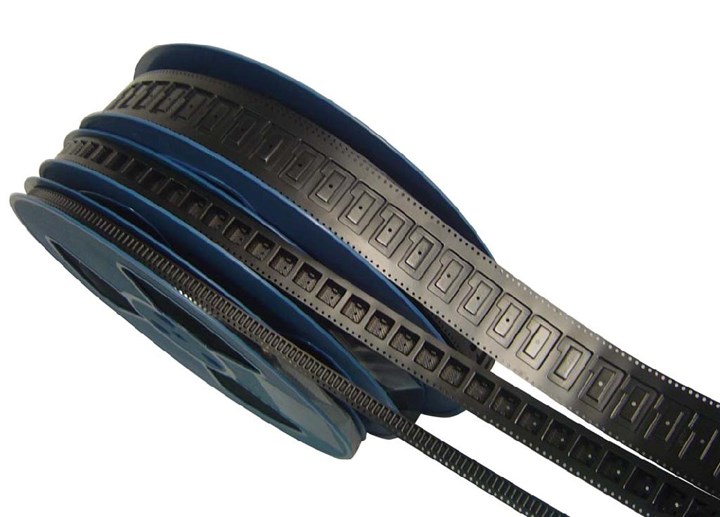Nanocarbon Reinforced Masterbatches and Compounds
Modern Dispersions to highlight latest grades of carbon black, graphite, and nanocarbons to boost properties of thermoplastics compounds.

The latest developmental work with nanocarbons that boost the performance of masterbatches and compounds will be highlighted by Modern Dispersions at this month’s K 2022 in Düsseldorf, Germany. The company continues to undertake research and development work with new grades of carbon black, graphite, and nanocarbons to improve properties of thermoplastic compounds including color, UV resistance, and electrical and thermal conductivity. Due to the lower filler loadings required with nanocarbons, better physical properties can be achieved with these types of compounds.
According to Jan Kozma, v.p. of sales & marketing for Modern Dispersions, the company has seen significant interest from OEMs and processors in such developments and the company’s ongoing project sampling looks promising. One of the developmental grades contains graphene oxide which is undergoing testing to assess certain property enhancement features including electrical and thermal conductivity, increased tensile strength, and improved barrier properties. The developmental grade is targeted for fibers and films.
Modern Dispersions will also showcase its extensive product portfolio including black masterbatches, wood-polymer composites (WPC), and color concentrates. The company will highlight its conductive masterbatches which contain high loadings of carbon black which can be diluted into a variety of polymers to impart electrical conductivity. They masterbatches allow the compounder or processor to easily incorporate the desired level of masterbatch resulting in the targeted finished resistivity level. Typically, they comprise between 30-60% of the overall resin content. In wood-polymer composites, the company offers custom formulating with loadings of PE-based WPC between 40%-50%. These composites can be natural or custom colored. Color concentrate and color compound products are designed to meet market demands and end-use requirements such as electronic packaging, cell phones, fabrics, and household items.
Related Content
-
Surface-Activating Primer for Polyolefins and Fluoropolymers
XlynX Materials’ PlastiLynx is designed for use with low-surface-energy polymers for improved bonding and printing.
-
PFAS-Free Processing Aid for Blown Film Extrusion
Ampacet’s new processing aid said to perform as well as fluoro-based PPAs in blown film.
-
Gerdau Graphene Launches “First” Graphene-Enhanced PE Additive Masterbatch for Extruded Packaging and More
The company has also partnered with conglomerate Sumitomo Corp. for distribution of its graphene-enhanced masterbatches in Japan.












